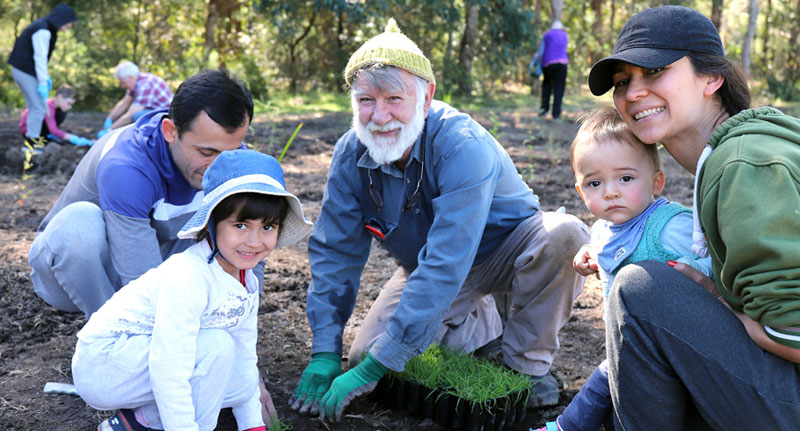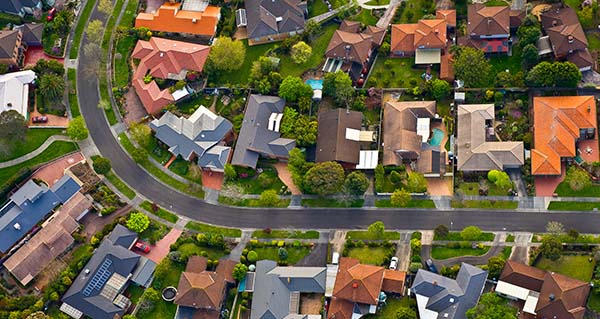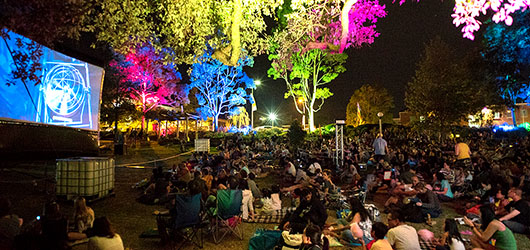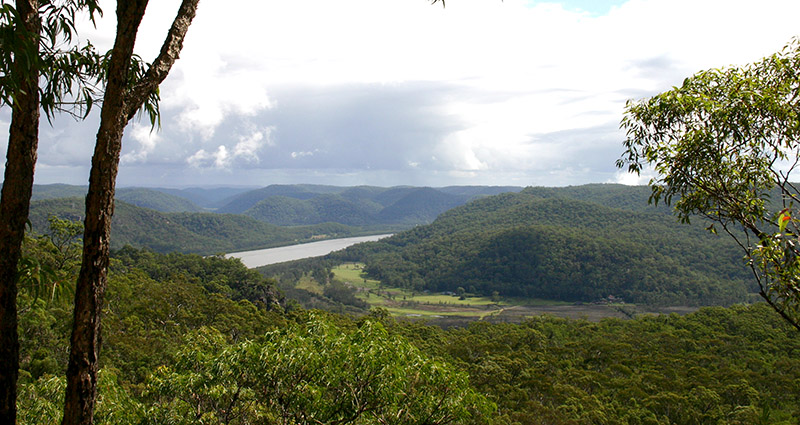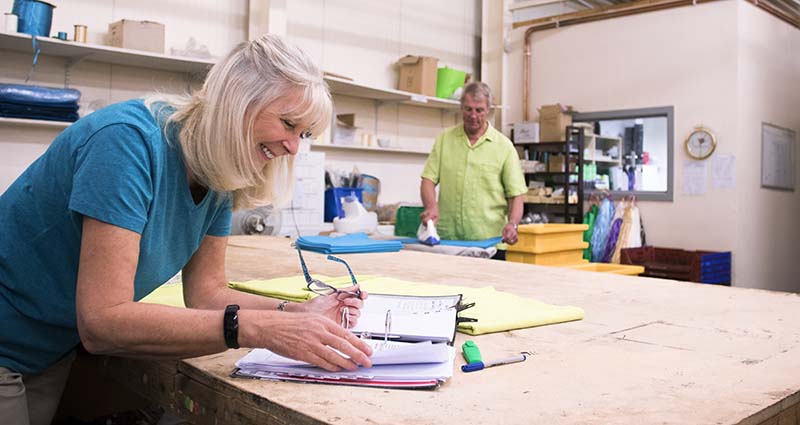Backyard Burning

Fire can be a useful tool for cooking, recreation, and land management, but can also pose significant risks to life, property, and the environment. Care must be taken to ensure that fire is used safely, responsibly, and in accordance with the law.
In many cases, an approval and/or a permit will be required before you can light a fire. You may require an Environmental Approval from Council or NSW Environment Protection Authority (EPA) or a Fire Permit from your local fire authority. Sometimes you’ll need both. You will also be required to notify neighbours and the local fire authority 24 hours or more before burning.
Environmental Approval is required for any burning likely to create a significant amount of air pollution or environmental harm. A Fire Permit is required for any fire likely to be dangerous to buildings, and generally any uncontained fire lit during the bush fire danger period (typically October to March).
While the exact requirements vary depending on the material to be burnt, the purpose of the fire, the location and time of year, the process to follow before lighting a fire is generally as follows:
- Step 1 – Obtain an environmental approval (if required)
- Step 2 – Obtain a Fire Permit (if required)
- Step 3 – Provide notifications (if required)
- Step 4 – Check for Total Fire Ban and/or No Burn Notice
To find out more about the different types of burning (hazard reduction burning and agricultural burning), the approval process and requirements for conducting a burn, please see Before you Light That Fire.
Step 1 – Environmental Approval
An Environmental Approval is a legal instrument which authorises a person to carry out a restricted activity and sets out the environmental protection measures which must be applied when doing so. Different types of Environmental Approval apply to different activities. When it comes to using fire on your property, there are two primary types to consider:
- Approval to burn in the open (air pollution)
- Approval to clear native vegetation
The table below outlines the permissibility and Environmental Approval requirements of a range of burning activities.
In all cases, the person responsible for a fire has an obligation to prevent or minimise air pollution. Steps include ensuring that the material is suitable to burn and not wet, and taking into account the potential for smoke impact on any person, having regard to wind direction, weather conditions, and length of burn time.
| Type of Fire | Permissibility | Environmental Approvals Required | |
|---|---|---|---|
| Air Pollution | Vegetation Clearing | ||
| Small recreational or cooking fire | Permitted so long as only dry seasoned wood, liquid petroleum gas (LPG), natural gas or proprietary barbecue fuel (including a small quantity of fire starter) is burnt. | Not required – conditions apply | N/A |
| Burning of fallen branches and dead, dry garden waste |
Permitted only in rural areas, and only for vegetation gathered from the property on which it is being burnt.
Prohibited in urban areas. | Required | N/A |
| You can obtain an approval to burn piles of dead vegetation, free of charge, from Hornsby Council. Check your eligibility and start an application. | |||
| Burning for bush fire hazard reduction | Permitted in bush fire prone areas. | Required | Required |
| You can obtain an environmental approval (Bush Fire Hazard Reduction Certificate) for bush fire hazard reduction, free of charge, from the NSW Rural Fire Service (NSW RFS). This single approval may cover both air pollution and the clearing of vegetation. | |||
| Burning vegetation for agricultural purposes | Permitted only on premises where agricultural operations are carried out. | Not required – conditions apply |
Required if burning to clear native vegetation.
Not required for burning of crop stubble or for pasture regeneration etc. |
| Burning of domestic waste |
Highly restricted. Permitted only for a small number of water-access properties for which no waste management service is available.
Contact Council to check your eligibility. | Not required – conditions apply | N/A |
| Burning in an incinerator |
Permitted so long as incinerators meet strict standards and/or operate under a licence issued by NSW EPA. See Authorised burning - incinerators and flares or contact Council for more information. | Not required – conditions apply | N/A |
Items Prohibited from Burning
Burning of the following items, including burning in an incinerator, is generally prohibited:
- Tyres (except tyres burnt by a fire authority in an official capacity for training purposes)
- Coated wire
- Paint containers and residues
- Solvent containers and residues
- Timber treated with:
- Copper chromium arsenate (CCA)
- Pentachlorophenol (PCP)
Burning of these items is permitted ONLY if authorised under a licence or approval issued by NSW EPA. Council does not have the power to approve the burning of these items.
Apply for an Approval to Burn a Pile of Vegetation
Step 2 – Fire Permit
Fire Permits ensure that fire agencies know when and where landholders intend to burn, and help ensure adequate measures are in place so that fires remain under control. Fire Permits are issued, free of charge, by either NSW Rural Fire Service (NSW RFS) or Fire & Rescue NSW (FRNSW), depending on your location. Council does not have the power to issue Fire Permits.
A Fire Permit is required for any fire which fits one or both of the following criteria:
- Any fire lit for the purpose of land clearance or burning a fire break during the Bush Fire Danger Period (typically October to March each year).
- Any fire that is likely to be dangerous to a building, at any time, no matter the purpose of that fire or where it is located.
This means a Fire Permit may be required for burning a pile of vegetation, bush fire hazard reduction burning, agricultural burning, burning domestic waste, and even for recreational or cooking fires if they are not sufficiently contained. If in doubt, contact your local fire authority for advice:
Step 3 – Notification
You must notify the occupants of all adjoining land (or in the case of unoccupied land, the owner) and the relevant fire authority prior to lighting any fire that fits one or more of the following criteria:
- Any fire for the purpose of land clearance or bush fire hazard reduction,
- Any fire likely to be dangerous to any building,
- Any fire subject to an Environmental Approval and/or Fire Permit.
Notice can be given verbally or in writing, and must include the name of the person intending to light the fire, as well as the location, purpose, expected duration and time of lighting the proposed fire. Typically, you will be required to provide at least 24 hours’ notice, though in some cases a different timeframe may be specified in your Environmental Approval or Fire Permit.
Step 4 – Total Fire Bans and No Burn Notices
On some days, NSW Rural Fire Service (RFS) may declare a Total Fire Ban based on weather conditions and potential bush fire activity. Similarly, on some days, the NSW Environmental Protection Authority may issue a No Burn Notice when smoke from planned fires is likely to significantly impact air quality. In either case, burning will be prohibited for the dates that the Total Fire Ban or No Burn Notice is in force.
It is your responsibility to check whether a Total Fire Ban or No Burn Notice is in effect before lighting a fire.
| Total Fire Ban | No Burn Notice |
|---|---|
| Fire Danger Ratings and Total Fire Bans - NSW Rural Fire Service | Fire alerts | Air Quality NSW |
|
Bush Fire Information Line
1800 679 737 |
NSW EPA
131 555 |

